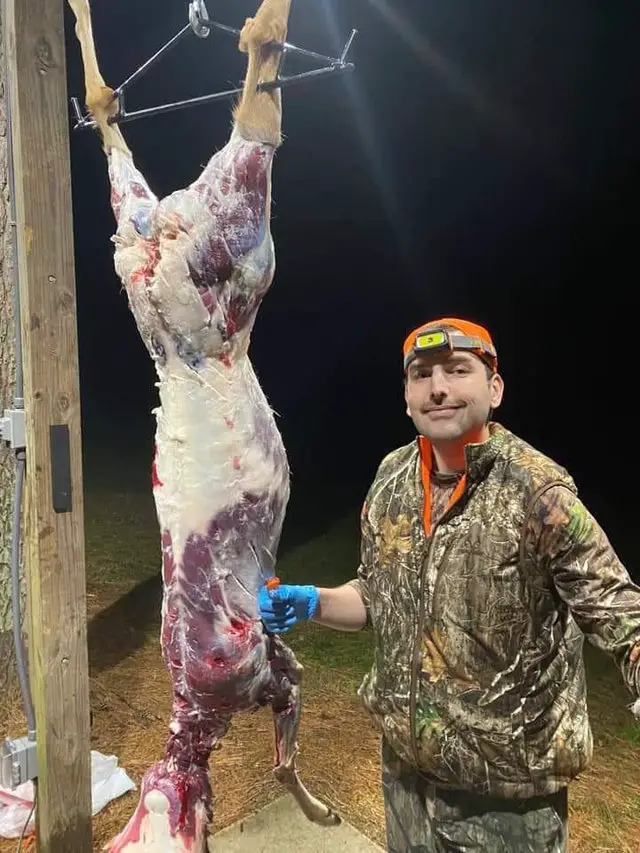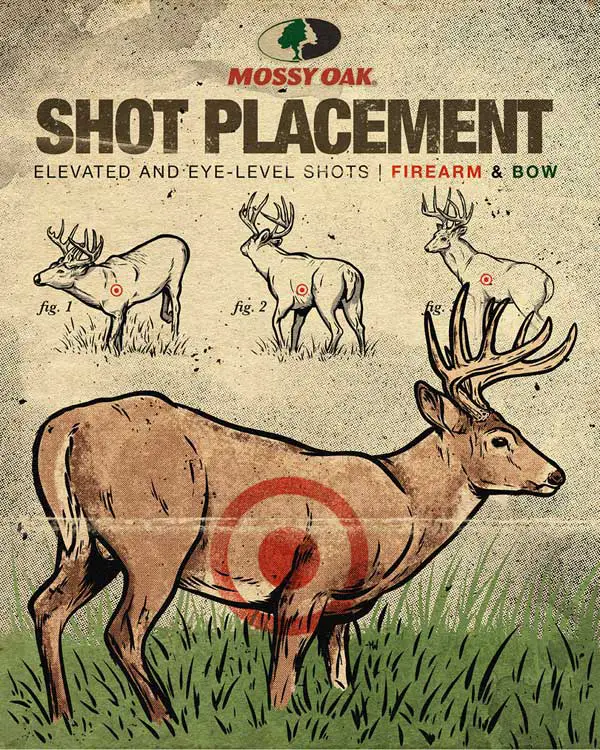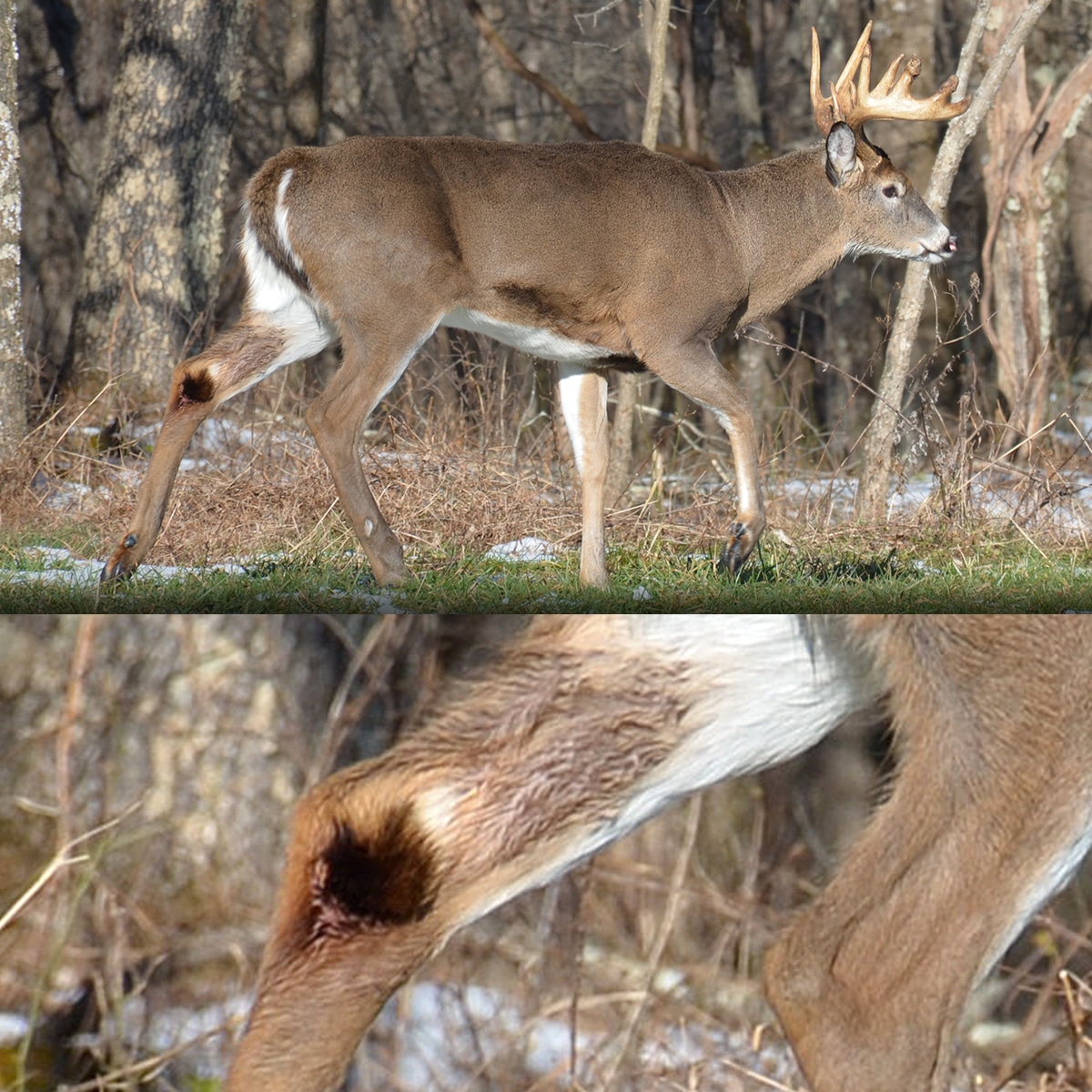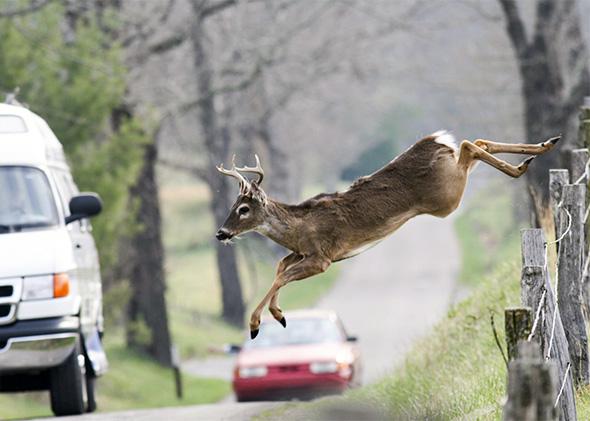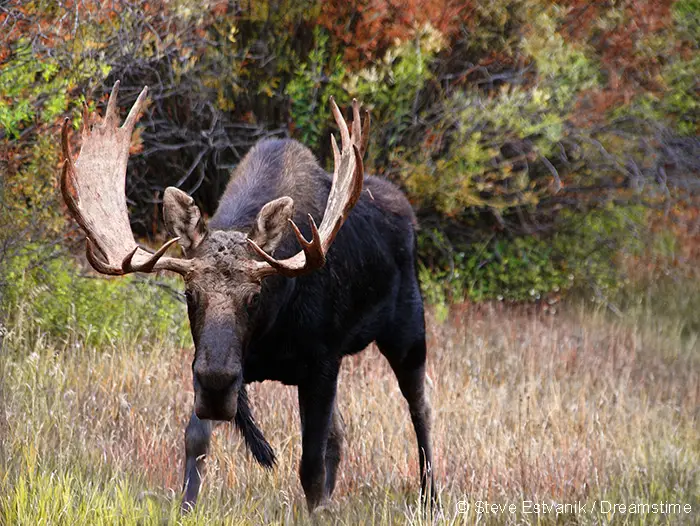How Far Can a Deer Hear You? Unveiling the Distance.
A deer can hear sounds up to a distance of around 600 feet. Deer, considered among the most elusive animals in wildlife, feature a unique and remarkable sense of hearing. With this ability, a deer can hear sounds that human ears cannot detect. For hunters, this can be a great challenge as even the slightest…

